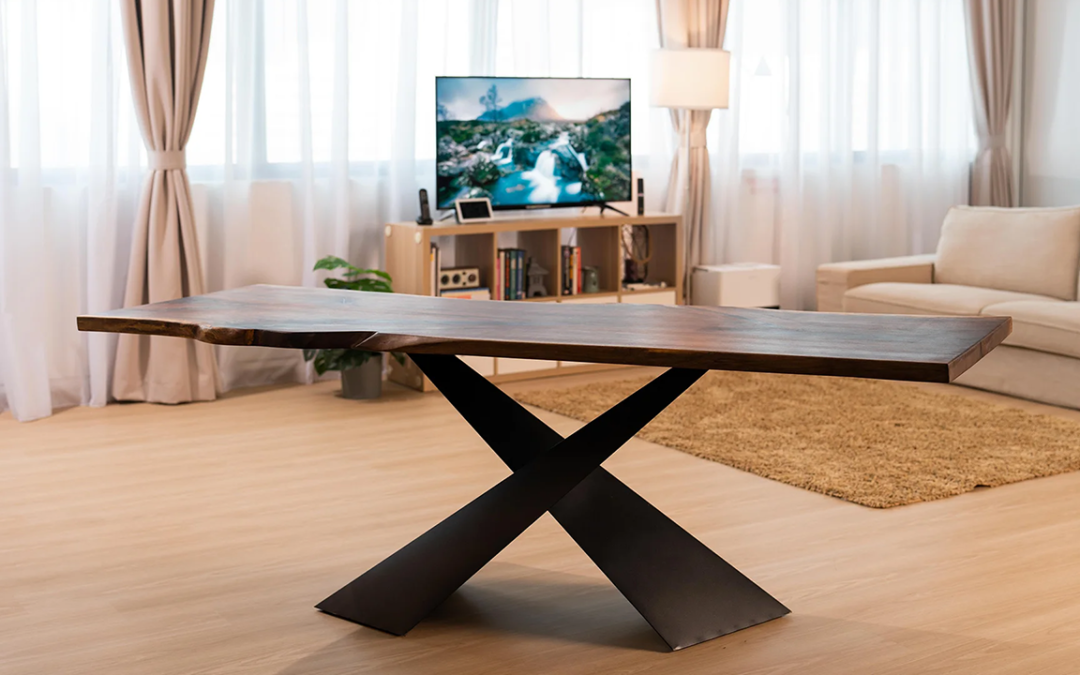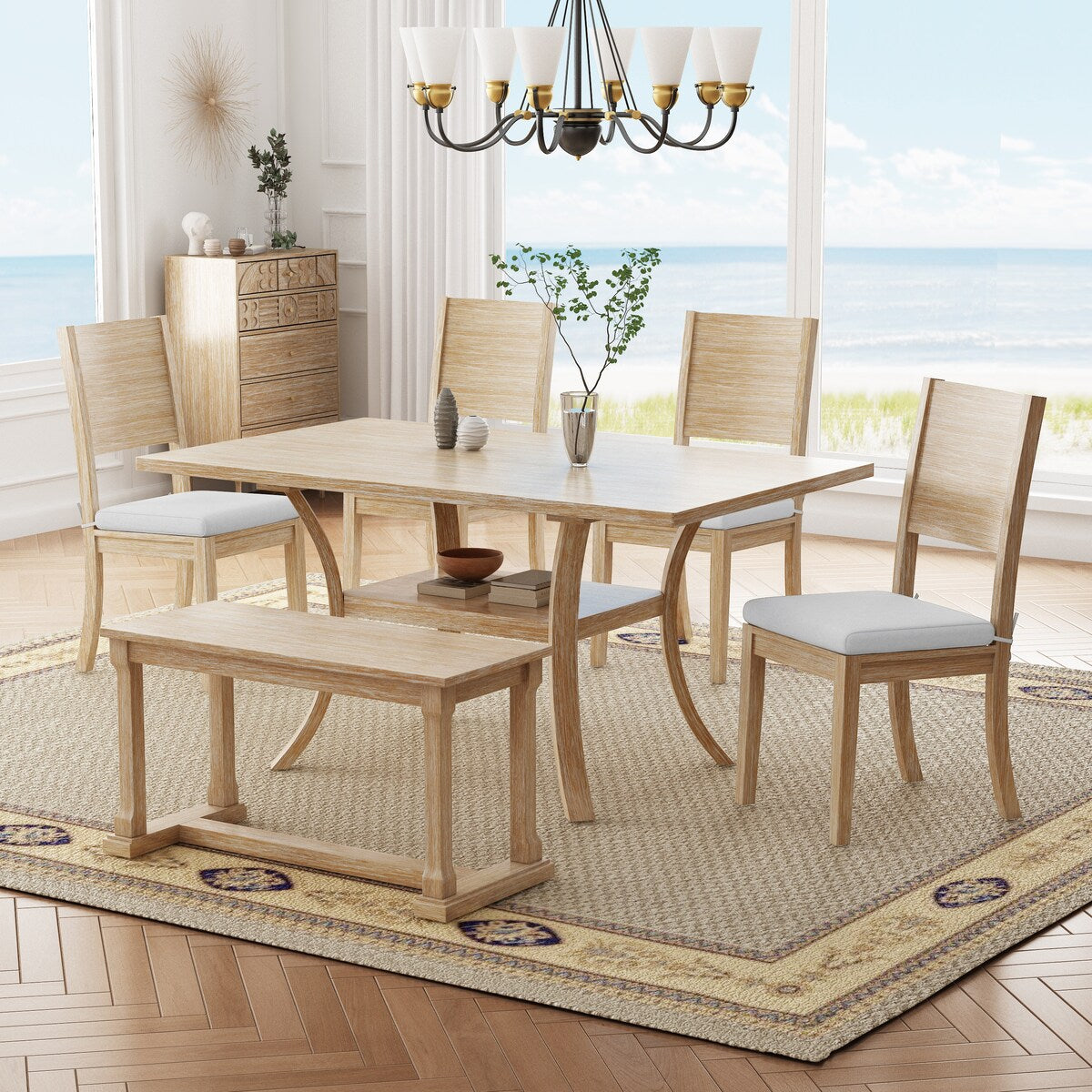The Top Trends in Dining Room Table Legs You Need to Know
The Top Trends in Dining Room Table Legs You Need to Know
Blog Article
From Standard to Modern: Locate the Perfect Eating Room Table Legs for Your Design
While classic styles such as cabriole and turned legs stimulate a sense of ageless refinement, contemporary designs like hairpin and geometric options provide a chance for striking aesthetic rate of interest. As you take into consideration these elements, the question remains: just how can you perfectly incorporate these varied leg designs to produce a harmonious dining experience?
Recognizing Table Leg Styles
The selection of dining-room table leg designs can significantly influence both the aesthetic appeals and capability of the room. Each leg design adds special useful functions and visual components, catering to diverse design choices and use demands. Comprehending these styles is important for choosing the right dining table that straightens with your total indoor style vision.
For instance, conical legs supply a tidy, classic look that can boost a space's beauty, while pedestal bases give security and maximize legroom, making them excellent for smaller sized spaces. Barrette legs, a trademark of mid-century contemporary design, present a commercial flair, permitting for a ventilated, open feel. Trestle legs stimulate rustic appeal, providing durable support and a feeling of timelessness.
Wood legs can bring heat and texture, whereas metal alternatives typically share a sleek, contemporary ambiance. Ultimately, comprehending table leg designs is essential for producing a natural eating location that reflects personal style while making sure usefulness and comfort.
Conventional Table Leg Options
When choosing dining-room table legs, traditional choices commonly personify timeless beauty and craftsmanship. These styles show an abundant heritage and a dedication to top quality, making them ideal for those who appreciate traditional appearances.
One of the most iconic traditional leg styles is the cabriole leg, characterized by its graceful curved shape. This design typically features ornamental makings and is most commonly found in Queen Anne and Chippendale furniture. Another popular option is the turned leg, which flaunts a collection of smooth, rounded forms that supply a timeless appearance while preserving stability.
Additionally, the straight leg, while easy, supplies a basic and strong framework that can blend perfectly with a variety of tabletop styles. For those attracted to ornate describing, claw-and-ball feet legs evoke a sense of magnificence and can act as a stunning focal point in any kind of eating area.
Lastly, stand bases, although not purely legs, offer an alternative typical alternative that enables sufficient legroom and can be beautifully sculpted. Each of these conventional leg styles adds to the general ambiance of a dining-room, weding feature with aesthetic allure.

Modern Table Leg Designs
Modern table leg layouts provide a varied variety of designs that highlight ingenious products and clean lines. These styles frequently focus on functionality while functioning as striking centerpieces within a dining room. Minimalist appearances prevail, with legs crafted from products such as metal, glass, and engineered timber, which add to a contemporary and airy feeling.
One popular style is the barrette leg, characterized by its slender, conical framework that provides stability without frustrating the table top (dining room table legs). This style is commonly located in mid-century modern furnishings and can easily enhance various table shapes. One more fad is the use of geometric shapes, where legs may tackle unbalanced or angular kinds, adding visual rate of interest and a touch of virtuosity

Blending Styles for Unique Spaces
Often, homeowners look for to develop special eating areas that reflect their individual design by blending various design components. This technique permits the consolidation of diverse aesthetics, resulting in an unified yet unique environment. Matching a rustic wood table with smooth, modern steel legs can create an eye-catching comparison that elevates the area's general allure.
Furthermore, integrating vintage table legs with contemporary table tops can evoke a feeling of history while keeping a contemporary sensibility. Such mixes not only display individual preference but likewise encourage creative thinking, check my source enabling house owners to curate a space that really feels both personal and inviting.
Shade plays a vital role in this mixing procedure; choosing table legs that enhance or contrast with the existing color design can enhance aesthetic passion. For instance, whitewashed legs can soften the daring of a dark table surface, producing a well balanced aesthetic.
Tips for Picking the Right Legs
Selecting the right table legs is crucial for achieving both performance and visual appeal in your dining area. Begin by taking into consideration the overall style of your area. Traditional settings take advantage of legs that include detailed carvings or turned styles, while contemporary areas might ask for sleek, minimalist styles.
Following, analyze the elevation and security of the legs. dining room table legs. Basic dining tables vary in between 28 to 30 inches in elevation, so make certain the legs complement this measurement for comfort. Additionally, robust materials, such as hardwood or metal, can enhance stability and durability
Examine this content the leg form also-- choices consist of right, tapered, or stand styles. Straight legs use a timeless appearance, while conical legs can include a touch of sophistication. Pedestal bases give sufficient legroom and are optimal for smaller spaces.
Final Thought
In recap, selecting the ideal dining-room table legs calls for cautious consideration of both contemporary and standard designs. Standard choices such as cabriole and turned legs supply classic elegance, while modern-day styles like hairpin and geometric shapes provide a contemporary touch. By balancing leg style, elevation, and product with the general design, a cohesive and click for info welcoming ambience can be accomplished. Eventually, the chosen table legs need to show the preferred aesthetic, boosting the dining experience within the space.
The selection of dining room table leg designs can considerably affect both the looks and functionality of the room. Ultimately, recognizing table leg styles is essential for producing a natural dining location that reflects individual design while making sure practicality and comfort.One of the most legendary conventional leg designs is the cabriole leg, characterized by its stylish bent shape. Straight legs supply a classic look, while conical legs can add a touch of sophistication.In recap, choosing the ideal eating space table legs needs mindful consideration of both standard and modern designs.
Report this page